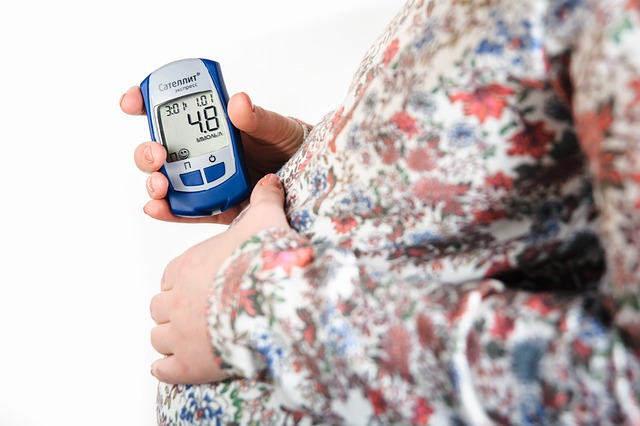Hey friends! If you’re exploring fertility options, you might have questions about using frozen sperm for intrauterine insemination (IUI). Whether you’re considering donor sperm or using your partner’s frozen sperm, there’s a lot to unpack here. Let’s dive into some insights that might ease your mind.
First off, many people wonder if using frozen sperm affects success rates. Studies suggest that IUI with frozen sperm can be quite effective. In fact, when sperm is placed directly into the uterus during IUI, the chances of pregnancy can be about 2.5 times higher compared to intracervical insemination (ICI), where sperm is placed at the cervix. This is because a lot of sperm can get lost on the journey to the egg when they have to swim through the cervix. So, if you’re contemplating your options, IUI seems like a solid choice in this regard!
Now, let’s talk about the difference between fresh and frozen sperm. Research indicates that successful pregnancies can be achieved with both, but it largely depends on timing and sperm quality. The key is to ensure that the IUI is timed accurately, ideally within 24 to 48 hours after a positive ovulation predictor kit (OPK) result or an HCG injection. Using an OPK can be a great way to predict ovulation, and if you want some tips on that, check out our other blog post on poetry and parenthood here.
When it comes to the quality of the sperm, it’s essential to have a sufficient total motile count (TMC). Generally, a TMC of about 10 million moving sperm is required for a good chance of success. Most sperm banks guarantee this amount post-thaw, which is reassuring!
Another thing to keep in mind is the sperm washing technique. Interestingly, research shows that it doesn’t really matter which method is used to wash and prepare the sperm for insemination—what matters most is hitting that TMC target. So, whether you’re using IUI or ICI, as long as the sperm is of good quality, you should be on the right track.
Lastly, many wonder if doing two IUIs in one cycle increases the odds of pregnancy. The majority of studies suggest that one well-timed IUI is typically sufficient, especially if the sperm count is adequate. In other words, focus on quality over quantity!
In short, if you’re considering using frozen sperm for IUI, here are the key takeaways:
- Opt for IUI over ICI for better odds.
- Timing is crucial—aim for 24-48 hours after a positive OPK.
- Ensure a good TMC of moving sperm.
- One well-timed IUI is often enough for success.
If you keep these points in mind, your chances of a successful pregnancy with frozen sperm are quite comparable to using fresh sperm. Remember, exploring fertility options can be overwhelming, but you’re not alone. There are plenty of resources out there, like Resolve, to help guide you through the journey.
Summary
Using frozen sperm for IUI can be a successful option for many. By focusing on the type of insemination, timing, sperm quality, and understanding the techniques involved, you can optimize your chances of pregnancy. Don’t hesitate to reach out for support and information as you navigate this journey!

